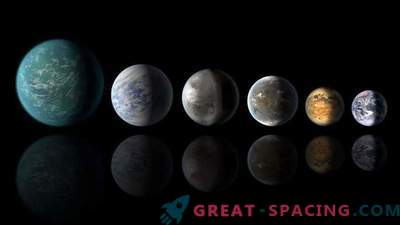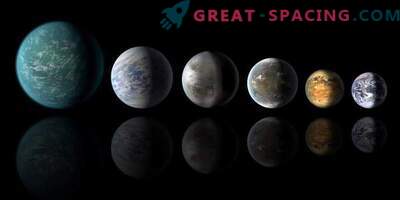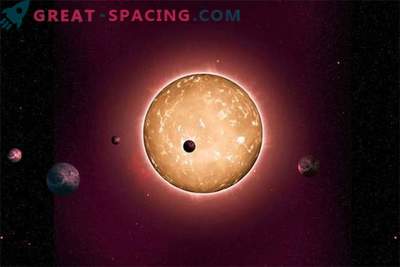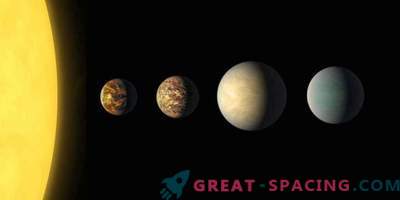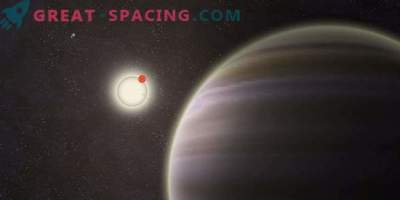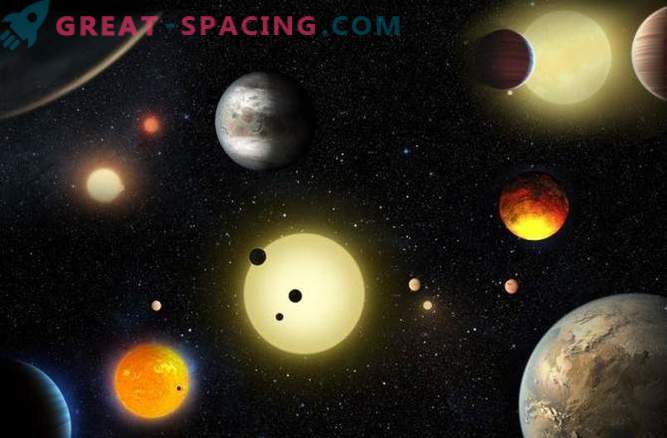
New analysis showed that 1284 candidates are exoplanets.
A new analysis of the data collected during the exoplanet search mission by the Kepler space telescope shows that 1284 candidates are indeed distant worlds, increasing the current number of planets outside the solar system to 3264.
Kepler, which was launched in 2009, is responsible for the majority of observations on the search for exoplanets, but confirming the discoveries made by ground-based observatories is a tedious and difficult process.
Now a team of astronomers led by Tim Morton of Princeton University has developed a new type of statistical analysis that can be assessed by many candidates for the planets at the same time.
“Imagine candidates for the planet with bread crumbs,” Morton told reporters at a conference on Tuesday. "If you drop a few large pieces of bread on the ground, you can collect them one by one ... But if you spilled a whole bucket of small crumbs, you will need a broom to collect them."
"So our analysis method is a broom that quantifies the likelihood that any given signal is in fact an exoplanet, without requiring any subsequent observations," Morton added.
Kepler spent more than four years looking at the light from about 150,000 target stars. The scientists then analyzed the signal in search of minor changes in the amount of light that could be caused by a planet orbiting around a parent star. Since binary stars and other phenomena can also cause a change in the amount of light emanating from them, scientists needed a certain amount of time for subsequent analysis.
The new technique uses detailed modeling of how starlight is dimmed by transit planets. Then he compares the data with the probability that a change in the signal could be caused by another phenomenon, such as a double star, and finally evaluates candidates on a scale from zero to one.
"Candidates who have a probability of 99% are considered confirmed planets," said Morton. "Astronomers used this method to other 984 exoplanets that were confirmed by other methods. The results of the analysis using the new method completely coincided."
The nine new planets are rocky worlds that revolve around the parent star at an optimal distance for the presence of water in liquid form.
"The analysis method showed that another 1327 candidates are most likely not planets, since they did not exceed the 99% threshold and require additional analysis," said NASA.
The remaining 707 candidates for the planet are other astrophysical phenomena.
A study published in the current edition of The Astrophysical Journal.

